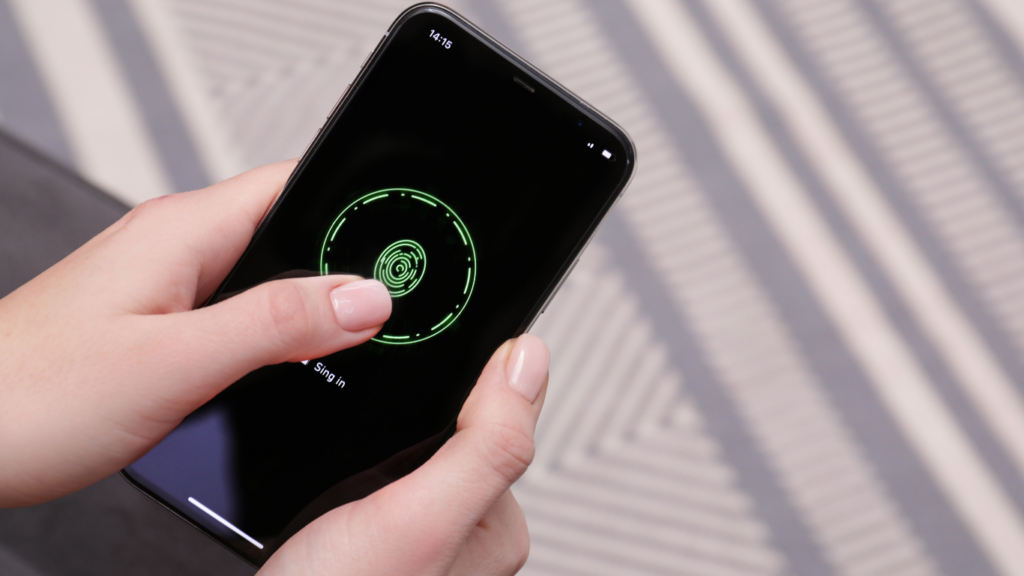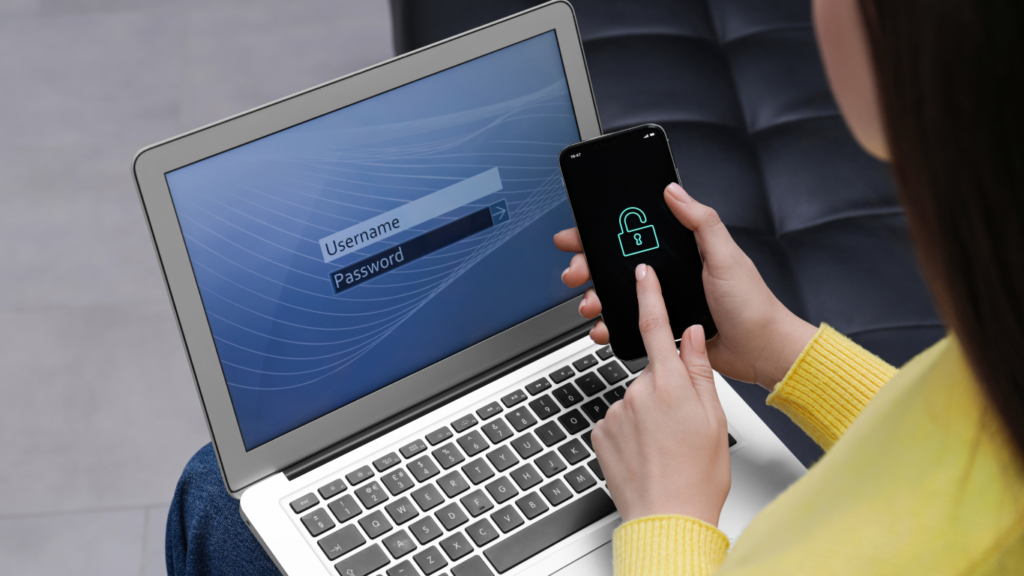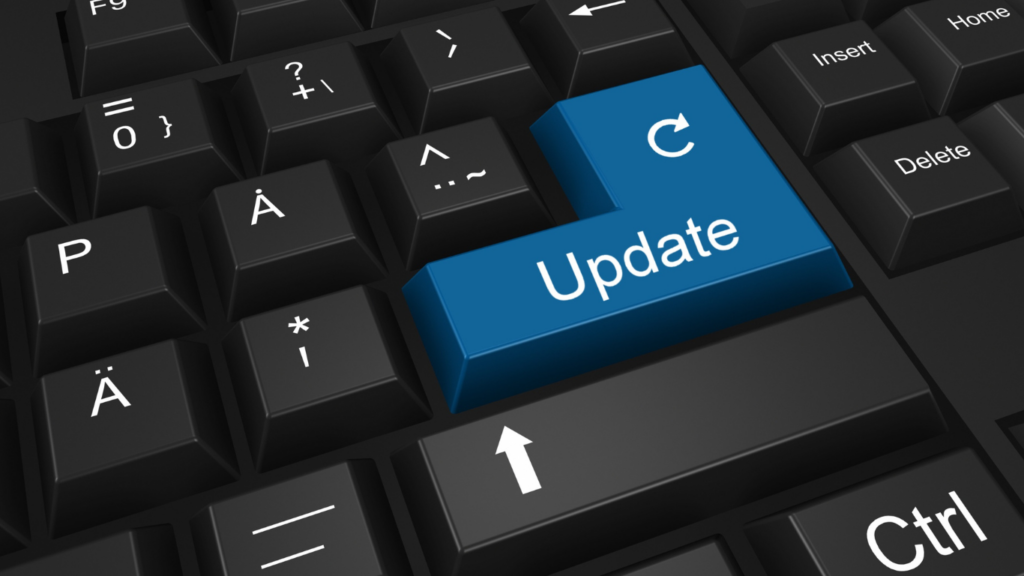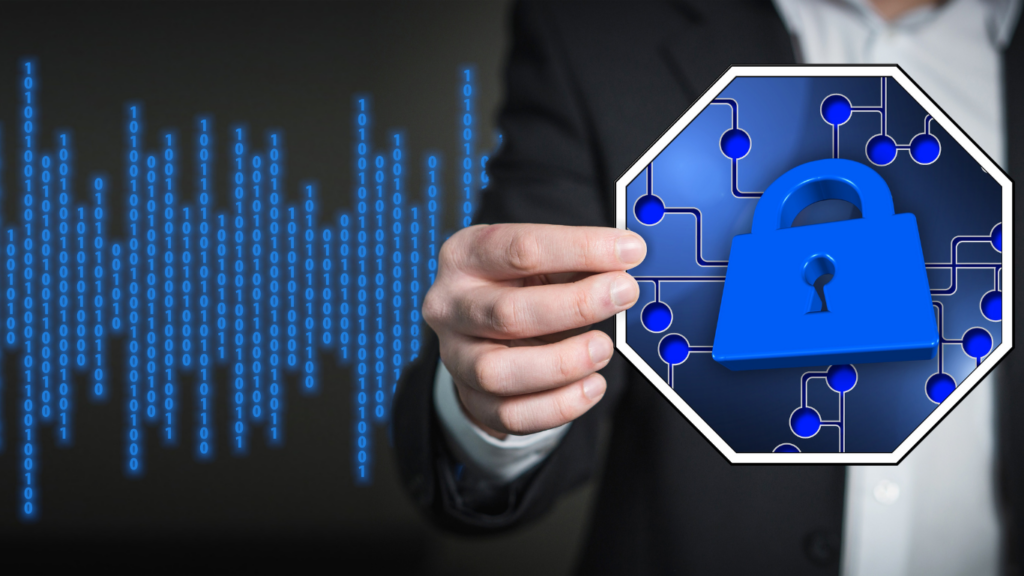What is Two-Factor Authentication?
Two-factor authentication (2FA) enhances account security by adding an extra layer beyond the password. It combines something you know (like a password) with something you have or are (like a smartphone or fingerprint). This method makes unauthorized access significantly harder since the attacker needs both factors to succeed.
2FA methods include SMS codes, authentication apps, and biometric data. SMS codes are sent to a user’s phone, requiring access to the device. Authentication apps generate time-sensitive codes, reducing dependency on network carriers. Biometric data involve unique physical characteristics like fingerprints or facial recognition, providing a high level of security.
Incorporating 2FA into your daily digital habits can prevent unauthorized access even if a password is compromised. Major online services like Google, Facebook, and banking apps support 2FA, making it widely accessible and easy to implement.
Benefits of Two-Factor Authentication
Two-factor authentication (2FA) provides numerous advantages to secure online accounts. Below, I outline the key benefits.
Enhanced Security
2FA enhances security by requiring an additional verification step beyond just a password. Even if a hacker acquires my password, they can’t access my account without the second factor. This extra layer significantly reduces the probability of unauthorized access. For more effectiveness, using authentication apps like Google Authenticator adds even more protection.
Mitigating Identity Theft
By implementing 2FA, I mitigate identity theft. Cybercriminals find it challenging to bypass both authentication factors. Examples of these factors include SMS codes and biometric data. If cybercriminals can’t provide the second type of data, they can’t hijack my identity. This makes my personal information more secure.
Compliance with Regulations
Many industries demand compliance with regulations to protect sensitive data. Using 2FA helps meet these security requirements. For instance, healthcare providers must adhere to HIPAA regulations, which mandate strong authentication measures. Financial institutions also follow similar standards to safeguard client data. Hence, incorporating 2FA ensures I comply with these essential regulations.
Setting Up Two-Factor Authentication

Activating 2FA protects online accounts, adding an extra security layer. Follow these steps to set up 2FA effectively.
Choosing a 2FA Method
Different methods have varying security levels. SMS codes offer convenience but may be susceptible to SIM swapping. Authentication apps like Google Authenticator generate time-based codes, making them more secure. Biometric methods, such as fingerprint or facial recognition, provide robust protection by using unique physical traits.
Configuring 2FA on Different Platforms
Platforms have distinct processes for enabling 2FA:
- Google: Navigate to “Security” > “2-Step Verification” and follow prompts.
- Apple: Go to “Settings” > “[Your Name]” > “Password & Security” > “Two-Factor Authentication.”
- Microsoft: Visit “Security” > “Advanced Security Options” > “Two-Step Verification” and enable it.
- Social Media: Platforms like Facebook and Twitter have security settings where 2FA can be activated.
Backing Up Authentication Codes
Secure backup prevents loss of access if the primary device fails. Write down backup codes or store them in a password manager. Some authentication apps offer encrypted backups, ensuring codes are retrievable.
Best Practices for Using Two-Factor Authentication
Effectively using two-factor authentication (2FA) involves more than just setting it up. It’s about ongoing management and user education.
Regular Monitoring and Updates
- Regularly checking and updating 2FA methods is crucial.
- Outdated methods can become vulnerable over time.
- Periodically review which 2FA methods are enabled for all accounts.
- An update may include switching from SMS codes to more secure methods like authentication apps.
- Ensure all software related to 2FA remains up-to-date to protect against the latest security threats.
- Change backup codes if there’s any suspicion of compromise.
Dealing with Lost Devices
Losing a device impacts 2FA access. Immediate steps should include using backup codes to regain access. It’s important to store these codes securely, such as in a password manager. Notify the relevant service provider to deauthorize the lost device. Set up 2FA on the new device promptly to restore full access. Consider using recovery options like email or alternate phone numbers.
Educating Users on Security Practices
Educating users on 2FA and general security practices helps ensure effective protection. Highlight the importance of choosing strong, unique passwords alongside 2FA. Inform users how to recognize phishing attempts and respond appropriately. Stress the need for securing backup codes and promptly reporting lost devices or suspicious activity. Regular training sessions or informative materials can reinforce these practices.
Common Challenges and Solutions
Two-factor authentication (2FA) enhances your security, but it can present some challenges. Here, I’ll address common issues and provide practical solutions.
Accessibility Issues
Some users face difficulties accessing their accounts if they lose their 2FA device or it’s unavailable. To mitigate this, you should always set up backup authentication methods, such as secondary email addresses or backup codes. For example, Google and Microsoft allow you to generate backup codes that can be printed or stored securely. Including a recovery phone number or email can also help regain access swiftly when facing technical issues.
Managing Multiple Accounts
Using 2FA across several accounts can become cumbersome. Consolidate this process by using authentication apps like Google Authenticator or Authy, which support multiple accounts in one place. Synchronize your devices to ensure all your 2FA codes are accessible if one device is lost. Keeping a list of all accounts using 2FA, backed up securely, will help you manage and track them better.





